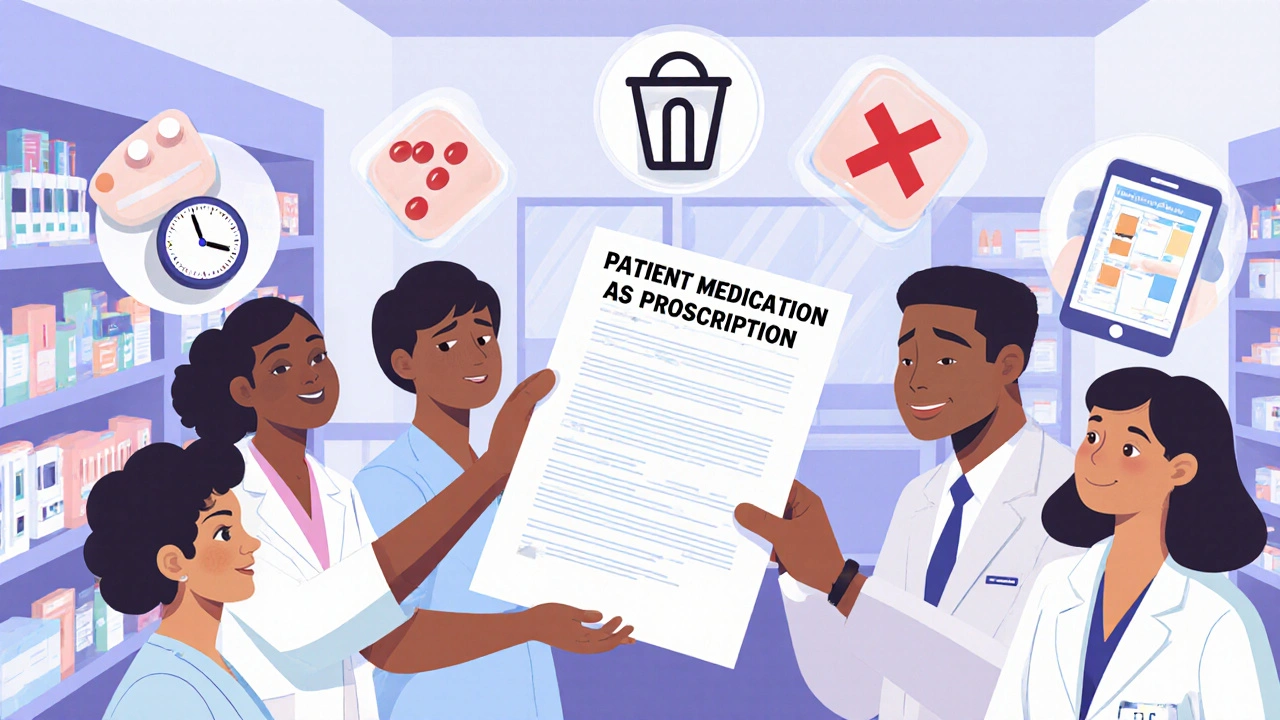FDA Drug Labeling: What You Need to Know About Prescription Info and Safety
When you pick up a prescription, the FDA drug labeling, the official, legally required information on a medication’s uses, risks, and instructions approved by the U.S. Food and Drug Administration. Also known as prescription drug labeling, it’s not just fine print—it’s your main source for knowing what to expect, what to watch for, and when to call your doctor. This isn’t marketing. It’s the full truth, stripped down to facts that doctors, pharmacists, and patients are legally required to follow.
FDA drug labeling covers more than just dosage. It includes adverse effects, the known side effects that have been documented in clinical trials and real-world use, like dizziness from bisoprolol or increased seizure risk with evening primrose oil and antipsychotics. It lists drug interactions, how one medicine can change how another works in your body—like how tetracycline loses power with dairy, or how generic Ativan can make you dangerously sleepy if mixed with alcohol. It even tells you who shouldn’t take it: pregnant women, seniors, people with kidney disease, or those on other meds. This is why you can’t just guess your way through a pill bottle.
What you’ll find in the posts below is real-world help decoding that labeling. You’ll learn how to tell if your tremors are from pregnancy or a drug, how to spot when a cough is from bromhexine or something worse, and why geriatric polypharmacy needs a full medication review before things go wrong. We break down how to read between the lines on labels for drugs like Paxil, Topamax, or Bactrim—so you don’t end up confused, scared, or injured by something you thought was safe. This isn’t about memorizing medical jargon. It’s about turning FDA drug labeling from a wall of text into a tool you can actually use to protect your health.
Proposed FDA Changes to Patient Medication Information: What You Need to Know

The FDA is proposing a new standardized Patient Medication Information (PMI) format for all outpatient prescriptions, replacing inconsistent Medication Guides. Learn what’s in the new one-page document, when it starts, and how it could improve safety and understanding.
- October 28 2025
- Tony Newman
- 8 Comments
